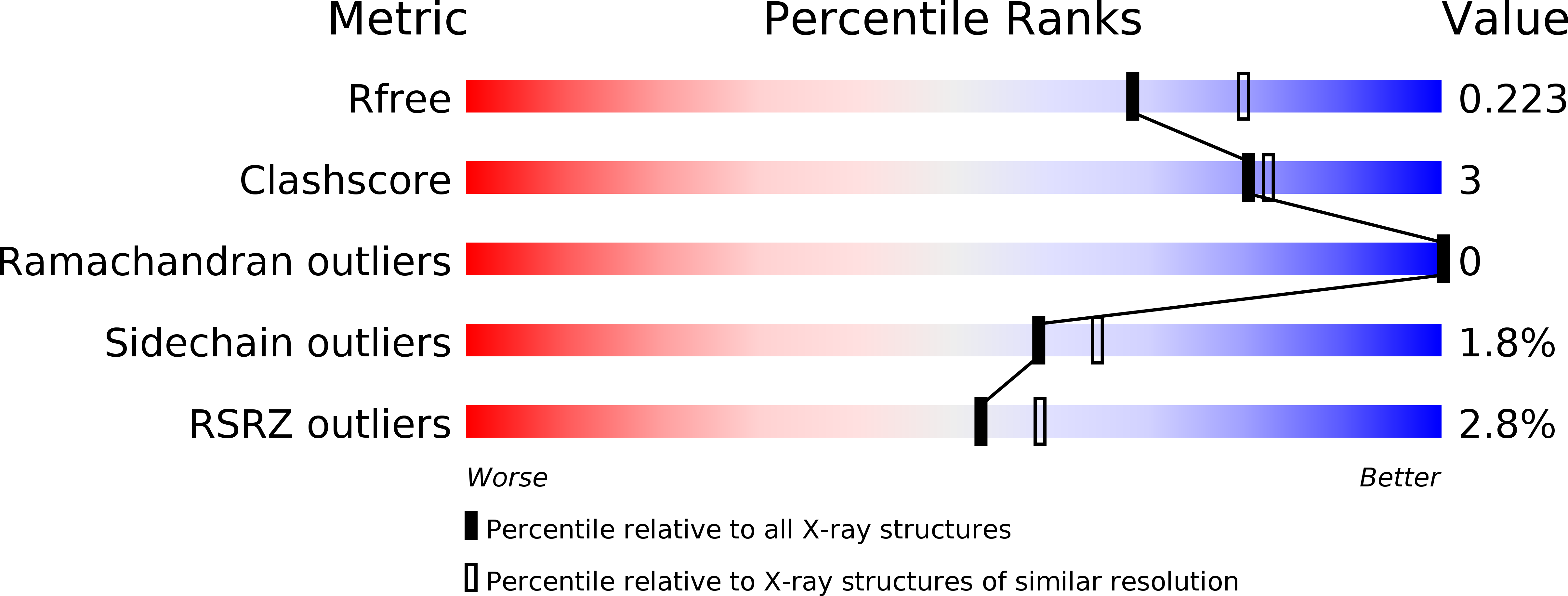
Deposition Date
2012-09-06
Release Date
2013-04-17
Last Version Date
2023-12-20
Entry Detail
PDB ID:
4B9U
Keywords:
Title:
Structure of the high fidelity DNA polymerase I with an oxidative formamidopyrimidine-dG DNA lesion -dA basepair in the post-insertion site.
Biological Source:
Source Organism:
GEOBACILLUS STEAROTHERMOPHILUS (Taxon ID: 1422)
Host Organism:
Method Details:
Experimental Method:
Resolution:
2.10 Å
R-Value Free:
0.22
R-Value Work:
0.19
R-Value Observed:
0.19
Space Group:
P 21 21 21


